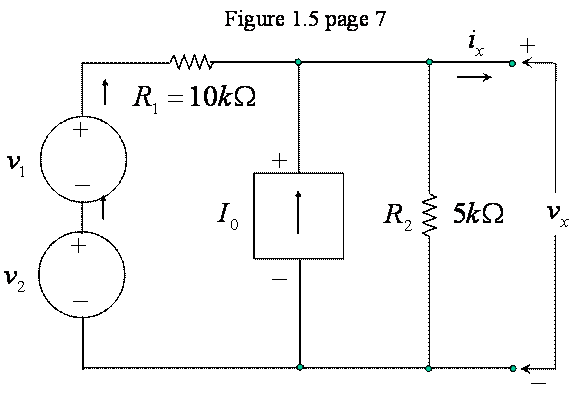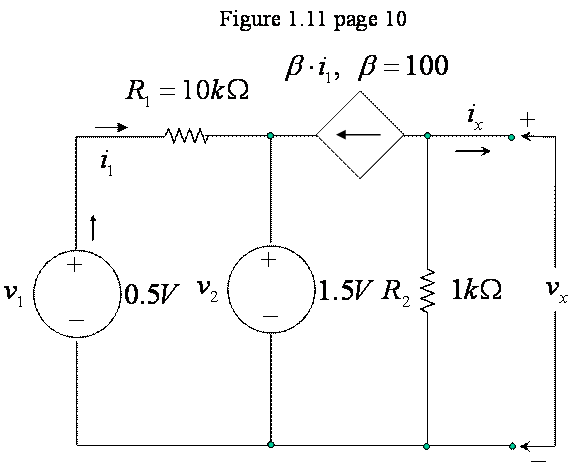Electronics I for ECE
Instructor: James K Beard RH 238A
Text: Microelectronic Circuits and Devices, Mark N Horenstein
Time: Tuesday, Thursday 10:50 AM to 12:05 PM RH 239
Lab: Friday,
First Priorities
You must have the Text. ISBN 0-13-701335-3, $104.60 from Amazon; paperback edition for $80.00. Anyone who does not have the text, please see me.
Background and Prerequisites
![]() Linear
algebra
Linear
algebra
![]() Elementary
complex variables
Elementary
complex variables
![]() Differential
and integral calculus
Differential
and integral calculus
![]() Networks
I
Networks
I
Assignment
Page 9, Exercises 1.1, 1.5
Page 13, Exercise 1.12
Notation Conventions
Lines that cross or intersect with a back dot marking the intersection are connected.
Lines that cross without a black dot may not be connected. Usually a loop in one of the wires will be used to emphasize that the wires are not connected. If you can't tell, ask.
The notation that I will use is shown below in Table 1. Note that I use a square for current sources, but that the conventional notation used in the text is a circle. Also note that a diamond is used for controlled sources, both voltage and current.
Table 1. Voltage and Current Source Notation
|
Source |
Circuit Diagram Notation |
|
Voltage sources |
Circles, with "+" and "-" signs in them |
|
Current sources |
Squares, with an arrow in them |
|
Controlled voltage sources |
Diamonds, with "+" and "-" signs in them |
|
Controlled current sources |
Diamonds, with an arrow in them |
|
|
|
Figure 1 Schematic Notation Conventions for
Crossing wires and Sources

Course Materials
Classes
EXERCISES 1.1
On one
set of axes, plot the v-i characteristic of a
resistor value 1 k 1.2
STUDY PROBLEM, NOT IN ASSIGNMENT: Plot the v-i
equation of the circuit of Figure 1.4 page 5 (a voltage source of 5 V in
series with a 1 k 1.5
Find the value of 1.12
Plot the v-i
equation of the circuit of Figure 1.11 page 10 (see below) if
|

